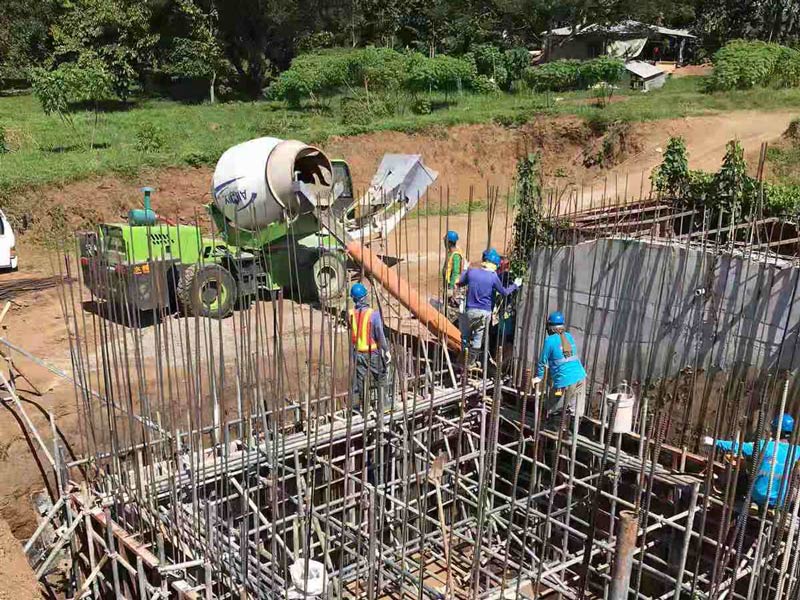In the construction industry, efficiency and quality are paramount. Concrete mixer cycle time optimization is crucial for balancing batch quality and production speed. Achieving this balance ensures high-quality concrete while meeting project deadlines. This article explores strategies for optimizing cycle times in the self loading concrete mixer, mobile concrete mixers, and hydraulic concrete mixers. Our goal is to provide practical insights for customers seeking improved performance and productivity.

Cycle time refers to the duration needed to complete one batch of concrete. It includes loading, mixing, and discharging processes. Optimizing cycle time involves reducing unnecessary delays and maximizing efficiency.
A shorter cycle time can increase production speed. However, it should not compromise the quality of the concrete mix. Striking the right balance ensures consistent and reliable outcomes. Understanding cycle time dynamics helps operators enhance their mixing processes.
Balancing batch quality and production speed is essential for successful construction projects. High-quality concrete ensures structural integrity and longevity. Fast production speeds meet tight project schedules and reduce costs.
Operators must optimize cycle times without sacrificing quality. This requires careful monitoring and adjustments. By maintaining this balance, companies achieve reliable and efficient construction outcomes. The benefits are crucial for maintaining a competitive edge in the industry.
Self loading concrete mixers integrate mixing, loading, and transport functions. Optimizing cycle time involves enhancing each of these processes.
Operators should monitor loading efficiency to reduce delays. Adjusting mix times ensures thorough blending without overmixing. Regular maintenance prevents mechanical issues that slow down production. Self loading mixers benefit from streamlined processes and careful monitoring.
The mobile concrete mixer for sale offers flexibility for different construction sites. Optimizing their cycle times involves enhancing mobility and operational efficiency.
Operators should plan transport routes to minimize travel time. Efficient loading and unloading processes reduce cycle duration. Monitoring mixer performance ensures consistent batch quality. By adopting these strategies, mobile mixers deliver reliable and efficient performance.

Hydraulic concrete mixers rely on hydraulic systems for operation. Optimizing their cycle times involves enhancing hydraulic efficiency.
Operators should ensure hydraulic systems are functioning properly. Regular inspections prevent leaks and failures that cause delays. Adjusting hydraulic pressure optimizes mixing speed and quality. These techniques improve cycle time efficiency and maintain batch quality.
Implementing cycle time optimization requires strategic planning and monitoring. Companies should invest in training and technology to support these efforts.
Operators must understand the importance of balancing batch quality and production speed. Regular assessments identify areas for improvement. By addressing these strategies, companies enhance productivity and quality. This ensures customer satisfaction and successful project outcomes.
Cycle time optimization continues to evolve in the construction industry. Advancements in technology and materials offer improved solutions.
As the demand for efficient and high-quality equipment grows, optimization techniques become more sophisticated. Investing in innovative technologies keeps companies competitive and aligned with industry goals. This drives the industry toward more efficient and effective solutions. Embracing this trend ensures a commitment to high-quality construction practices.
Concrete mixer cycle time optimization offers significant advantages for construction projects. It enhances efficiency, quality, and productivity. Effective implementation in self loading, mobile, and hydraulic mixers ensures reliable and consistent outcomes. Understanding and adopting optimization strategies lead to successful construction results. As the industry evolves, this technology paves the way for innovative and efficient solutions. Embracing cycle time optimization ensures a competitive edge and commitment to high-quality construction practices.